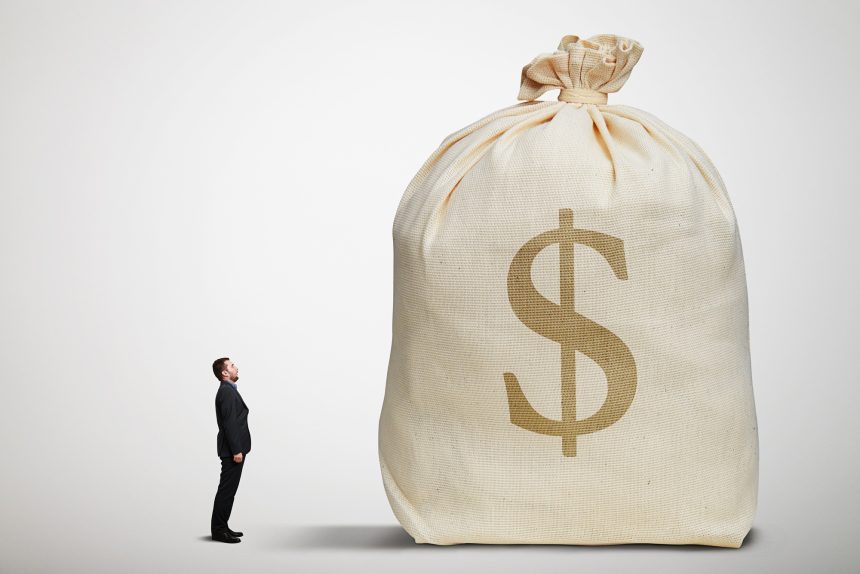If you are looking to get your expenses in check, setting some savings goals is a great place to start. Many people see their financial habits as a personal struggle. However, if you take the time to set your priorities and implement strategies, you will find yourself living comfortably in the long run!
Save time and money by adopting sustainable and healthy habits in your daily life. This will help you to start amassing long-term wealth.
Saving money is a good idea for many reasons, such as saving up for your future or giving yourself some extra funds to spend. The easiest way is just to put less money into your everyday purchases because you know that you’ll have a chunk of change left over at the end of the month.
When it comes to saving money, making small changes is always better than trying to jump-start your savings. A savings challenge like saving “$1,000 in 30 days” provides a timeline and deadline that can be a great way to start improving your financial health.
Here is how you can break down and schedule your savings. $1,000 saved over 30 days would save a person $33.33 per day, $250 every week, and $500 bi-weekly.
Here are some ideas that may help you save more money or reach your financial goals in the least time possible.
Helpful Tips to Save Money
If you’re trying to save $1,000 in 30 days, you’ll need a solid foundation. Try any of these valuable tips that will help you save money:
Eat Out Less
When you spend money on fast food and takeaway, it might seem like a cheap way to get a meal – but this can turn into a bad habit when you focus on saving money. Instead, reduce food spending with various cooking methods or by shopping for raw ingredients and making your own dishes.
As you cook at home rather than going out to restaurants, you save a lot of money. It’s possible to save hundreds of dollars every month just by cooking at home instead of constantly ordering out.
Try No-Spend Money Challenges
To save a tremendous amount of money, you can try a no-spend challenge. To do this, it is better to create a list of your essentials. Planning for the essentials, like gas prices, auto insurance, and other regular expenses, can make your budgeting process more manageable.
It’s vital to make a cash flow budget that matches your spending level. Then, after you’ve figured out the amount of monthly disposable income, stick to that amount from then on to avoid overspending.
Put your effort into learning how to manage your needs better, and you may find that buying things you don’t need each month actually adds up to quite a bit. In addition, the more you save, the more likely you are to reach your goal.
View Your Insurance Policies
Most people sign up for insurance but let life become really busy and forget about it. But this can be detrimental to your health and finances as you might have missed significant opportunities to save on your premiums or enrol in new areas of coverage. These bad habits can lead to big unexpected bills later on.
Checking in with your insurance providers can help you find a cheaper plan that may be more suitable for your needs. For example, if you have already owned a vehicle for over six months, your car insurance plan may be able to offer some discounts or waives.
If you believe you may be potentially benefiting from a better insurance rate, feel free to reach out to your insurance providers without any hassle.
You’ll be able to save more and faster when you get your insurance costs down by using these tips.
Manage Your Monthly or Weekly Subscriptions
It can be easy to forget which services you’re subscribed to with the number of music, TV & other kinds of streaming services available.
Spend some time hunting down where you spend the most money and make a list of which services you’re paying for with your hard-earned money.
It might be worth your while to consider how often you are using these streaming services and how long it might take you to replace those needs. Then, it’s best to ask yourself, do I really need Hulu, Amazon Prime Video & Netflix?
Cutting down on subscriptions you don’t use might be the perfect way for you to save a few bucks each month.
Get a Separate Account for Savings
Keeping a separate “savings” account from your other accounts might help you prioritize your funds and make it easier to save $1,000 in 30 days. There are times when you might see that you have more money than you thought in your checking account and be tempted to spend it on something. However, be mindful of the amount of money in your account and how much a newfound purchase will cost.
You’ll undoubtedly feel less tempted to spend your money if you’re keeping it in a separate account. You might also be better off because leaving your emergency fund or other funds out of sight could result in reaching your savings goals.
What are the benefits of saving money?
The benefits of saving money can already be seen even if you have just started saving. If you are not saving as much as you should, take this opportunity to do that now. The advantages are numerous, and they will keep getting better and better.
Here are some of the benefits of saving money each month:
- Your savings can help cover the costs of emergencies or other unexpected expenses.
- When your savings grow, it’s possible to buy a new car or invest in a home loan.
- Saving helps subsidize pensions and pay off debt quicker.
- Inflation eats away at your purchasing power over time, so staying on top of your spending can ensure that you don’t lose money in the long run.
Hopefully, you have realized how important it is to save money and how to save $1,000 in 30 days. You don’t have to be a financial specialist to set yourself up for success. All you need is a plan and motivation. Good luck!













